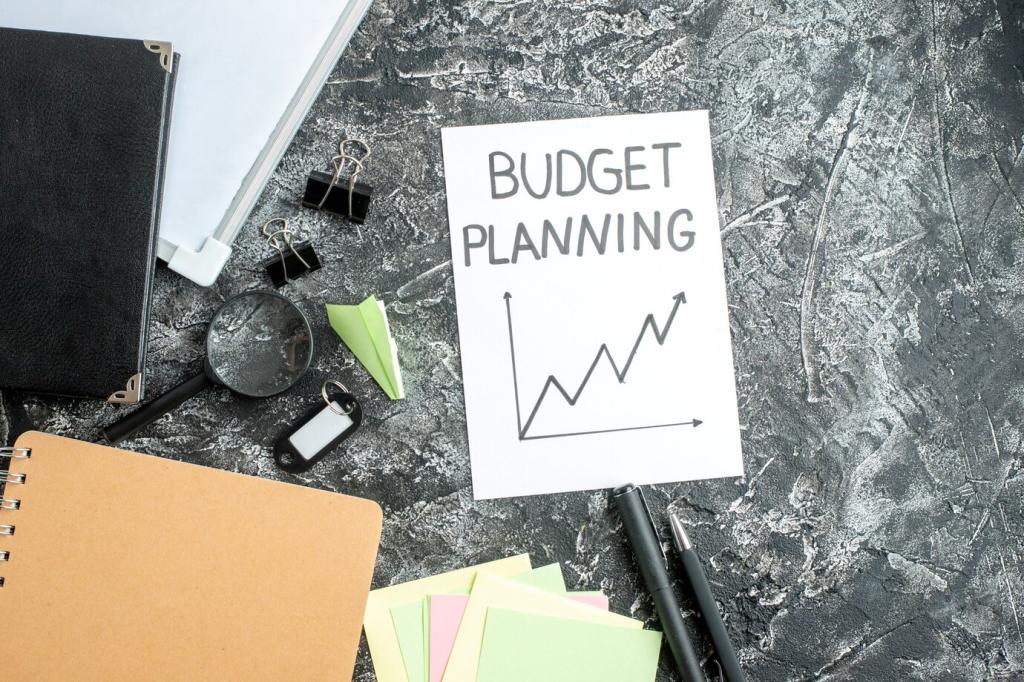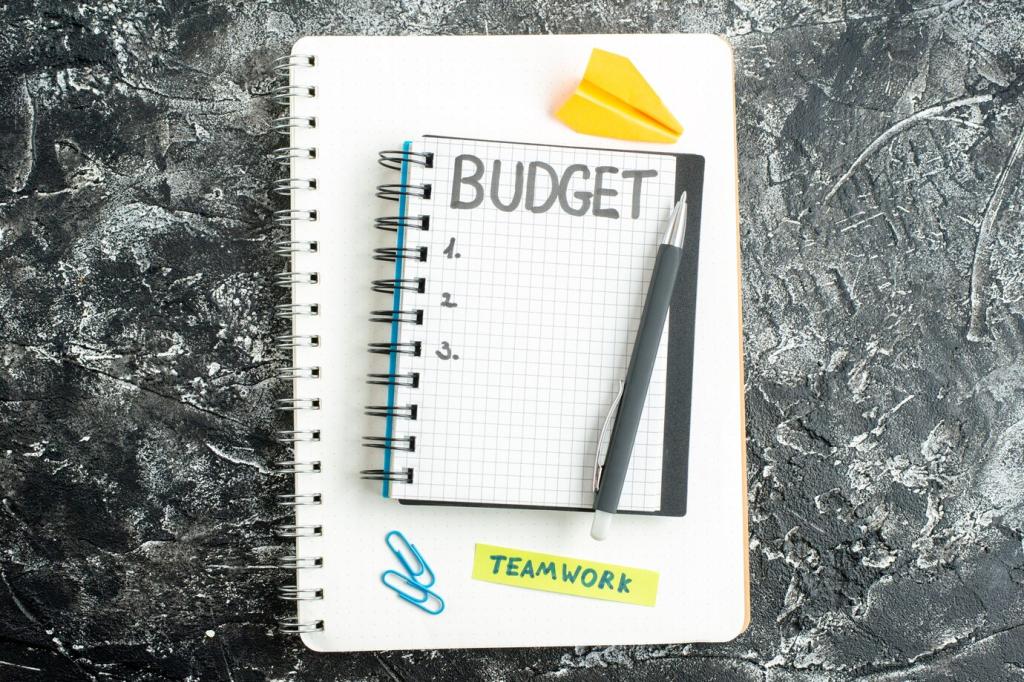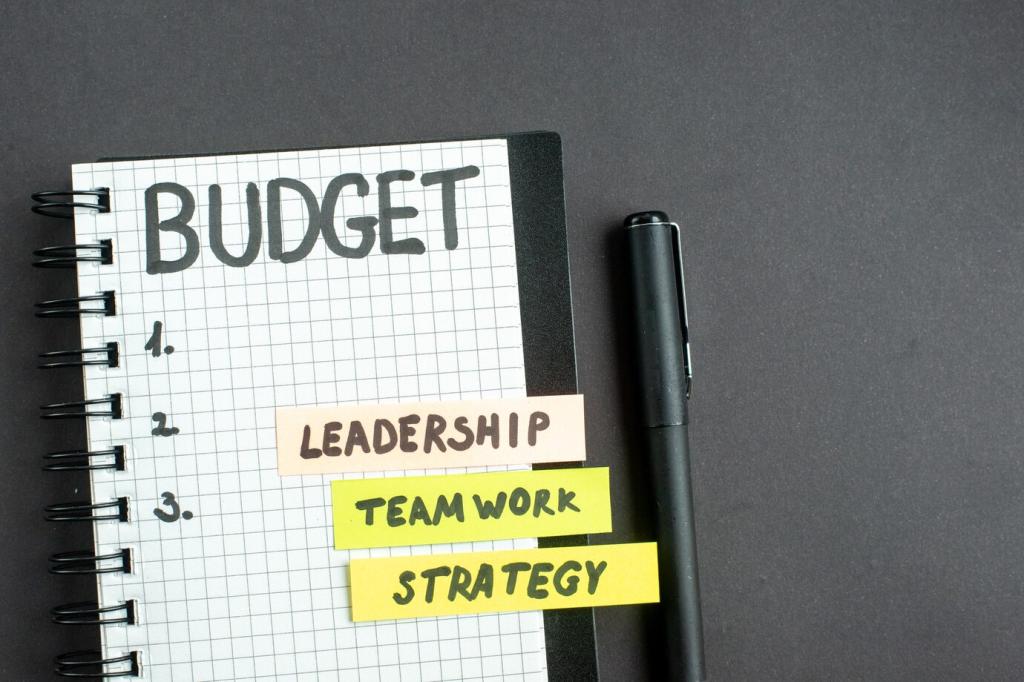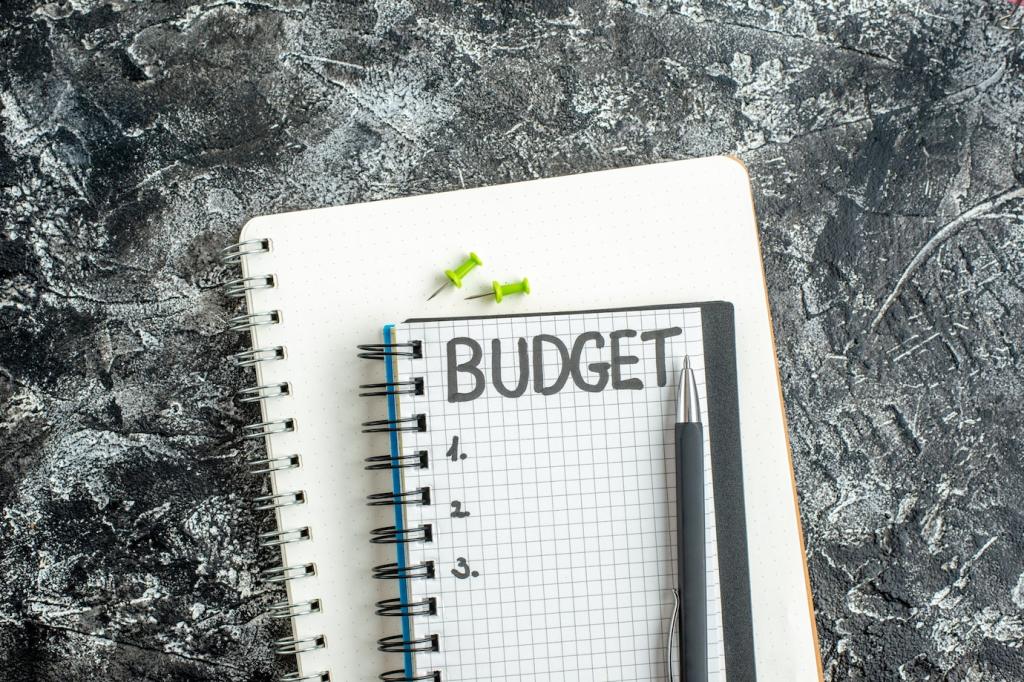Greening Your Wallet: Eco‑Friendly Financial Practices
Chosen theme: Eco‑Friendly Financial Practices. Welcome to a home for people who believe money can move the needle for the planet. Explore habits, tools, and real stories that align your spending, saving, and investing with a healthier, fairer future. Subscribe and share your goals!

Sustainable Budgeting 101
01
Track Your Carbon and Cash Together
Pair your monthly expenses with a simple estimate of carbon intensity, focusing on big categories like food, travel, and home energy. The point is awareness, not perfection, and the insights often reveal painless, money‑saving, planet‑saving swaps.
02
Envelope Systems with an Eco Twist
Use digital envelopes for categories such as public transit, local produce, and repair services. By earmarking funds for lower‑impact choices, you nudge behavior naturally, celebrate small wins, and create a buffer that discourages impulse purchases that gather dust.
03
Story: The Coffee Cup that Changed a Budget
A reader switched to a reusable mug for morning walks, then tallied a month of café discounts and fewer impulse pastries. Saving grew quietly, and that tiny ritual funded a community garden donation by the season’s end.


Investing for Planet and Profit
ESG ratings often evaluate risk management, not real‑world change. Seek funds and managers that disclose their engagement policies, measurable outcomes, and sector exposures, so your capital supports improvements rather than simply avoiding uncomfortable headlines.
Investing for Planet and Profit
Explore bonds funding energy efficiency, clean transport, or resilient infrastructure, and consider community solar notes that expand access to clean power. Review use‑of‑proceeds reports, timelines, and project transparency to ensure your dollars actually build something meaningful.
Banks, Cards, and Climate
Choose Institutions with Science‑Based Targets
Look for banks publicly committing to emissions reductions across financed activities and sharing sector‑level plans. Customer service matters, but so do lending choices. If a bank treats climate as strategy, not marketing, your deposits support constructive momentum.
Debit and Credit Rewards that Plant Trees
Rewards promising tree planting can be helpful, but verify permanence, project quality, and additionality. Pair perks with reduced consumption, and consider redeeming for transit passes, bike gear, or efficiency upgrades that multiply both environmental and financial benefits.
Advocacy: Ask Where Your Deposits Sleep at Night
Send a short, polite message asking how your institution manages climate risk, transition financing, and community investment. Public pressure and curious customers often nudge policy shifts. Share responses in the comments to help others choose wisely.
Low‑Waste Lifestyle, High‑Yield Savings
Repair, Reuse, and the 30‑Day Buy Cooldown
Before buying new, wait thirty days. Fix what you can, borrow what you rarely use, and favor durable goods. This pause curbs impulse spending, reduces clutter, and turns ownership into a thoughtful choice instead of a reflexive click.


Meal Planning that Cuts Waste and Bills
Plan three anchor meals per week around seasonal produce and leftovers. Store food clearly, freeze extras, and build a ‘use‑first’ shelf. Households routinely discover lower grocery bills while slashing spoilage and celebrating simpler, more satisfying cooking habits.


Climate‑Smart Home Upgrades on a Budget
Begin with a home energy assessment to uncover air leaks, insulation gaps, and ventilation opportunities. Even basic diagnostics provide a roadmap so each dollar spent moves you toward a quieter, healthier, and less energy‑hungry home.
Climate‑Smart Home Upgrades on a Budget
Weather‑strip doors, seal attic hatches, and insulate hot‑water pipes. Add a smart thermostat to automate comfort and avoid waste. These modest projects often yield outsized savings, making later upgrades like heat pumps or induction stoves easier to finance.

Map your top expenses and identify suppliers with transparent materials, fair labor, and efficient logistics. Negotiate take‑back programs, bulk discounts, or refill options. Strong partnerships lower waste, improve reliability, and protect margins during unpredictable supply swings.

Right‑size packaging, redesign for reusability, and choose lighter materials to reduce shipping costs. Clear disposal instructions help customers recycle properly, cutting returns and complaints while reinforcing your promise to reduce unnecessary waste.

Share numbers, timelines, and lessons learned. Admit trade‑offs and show progress instead of perfection. Customers respond to honesty, and your transparency turns sustainability from a slogan into a credible, differentiating operational habit.
Create an Eco‑Finance Circle
Invite a few friends or colleagues to set monthly goals, swap tips, and celebrate wins. Rotate hosts, keep notes, and compare what worked. Join our newsletter and tell us your group name so we can cheer you on publicly.
Metrics that Matter to You
Pick three trackable indicators—such as electricity use, transit miles, and discretionary spending—and review them monthly. Focus on direction, not judgment. Small improvements compound, and your dashboard will keep motivation steady when novelty fades.
Monthly Challenges and Subscriber Givebacks
We run themed challenges like ‘No‑New‑Clothes Month’ or ‘Public Transit Week.’ Share your progress in the comments, tag us on social, and subscribe for tools and templates that make each challenge friendly, practical, and honestly fun.
